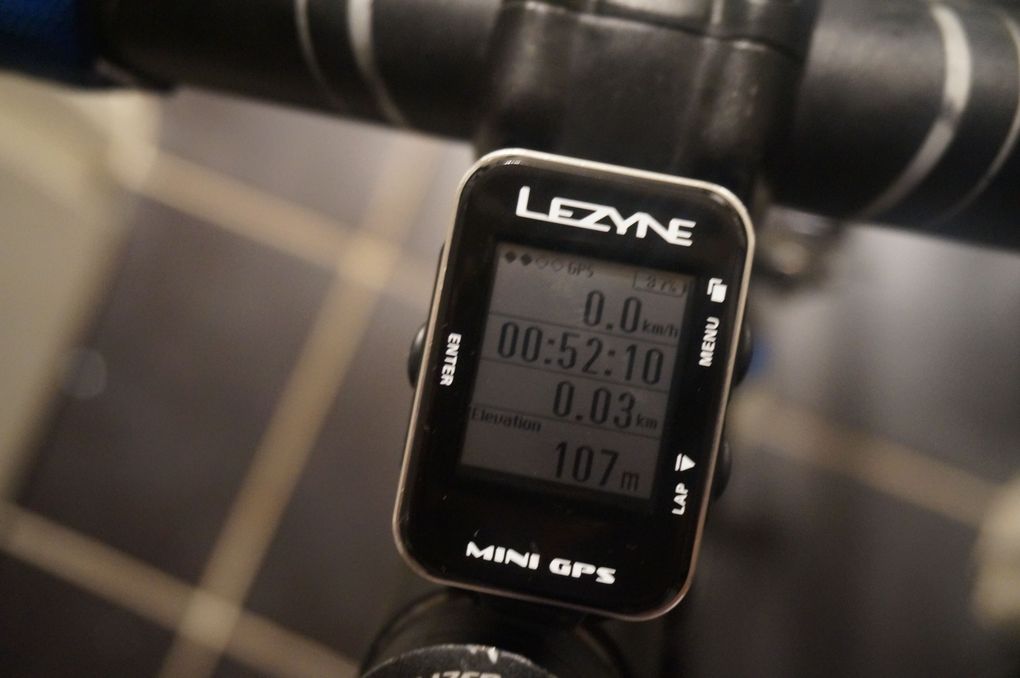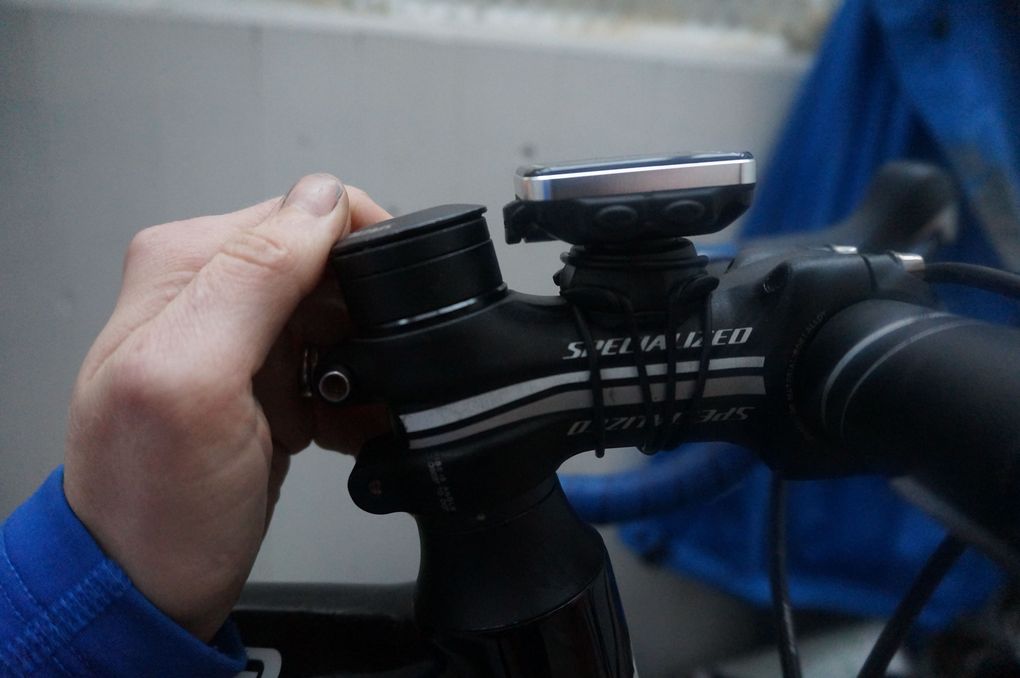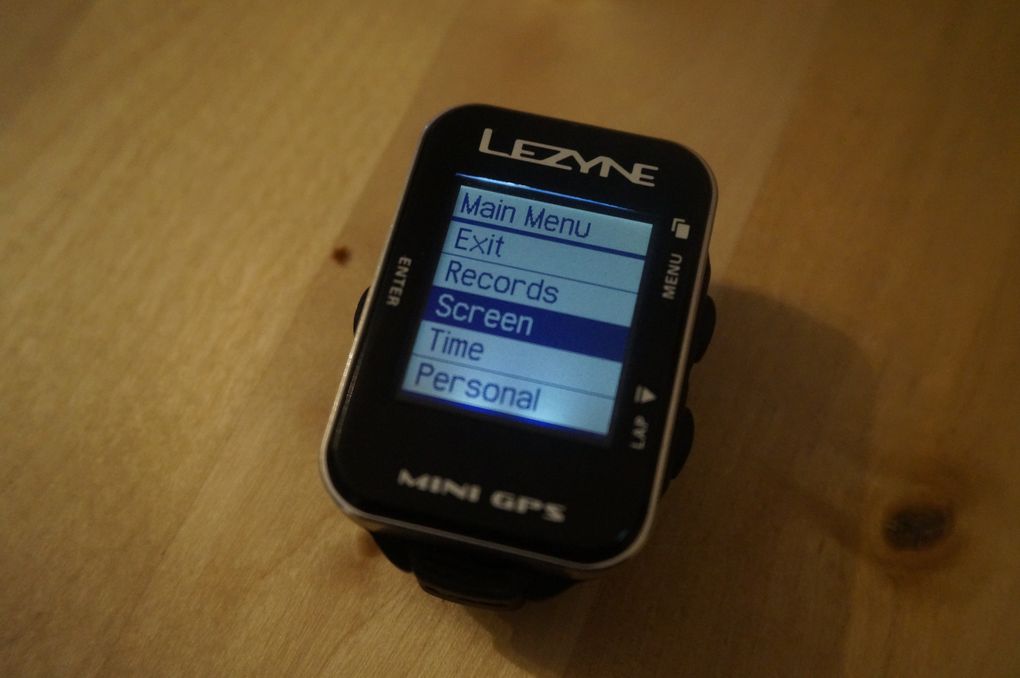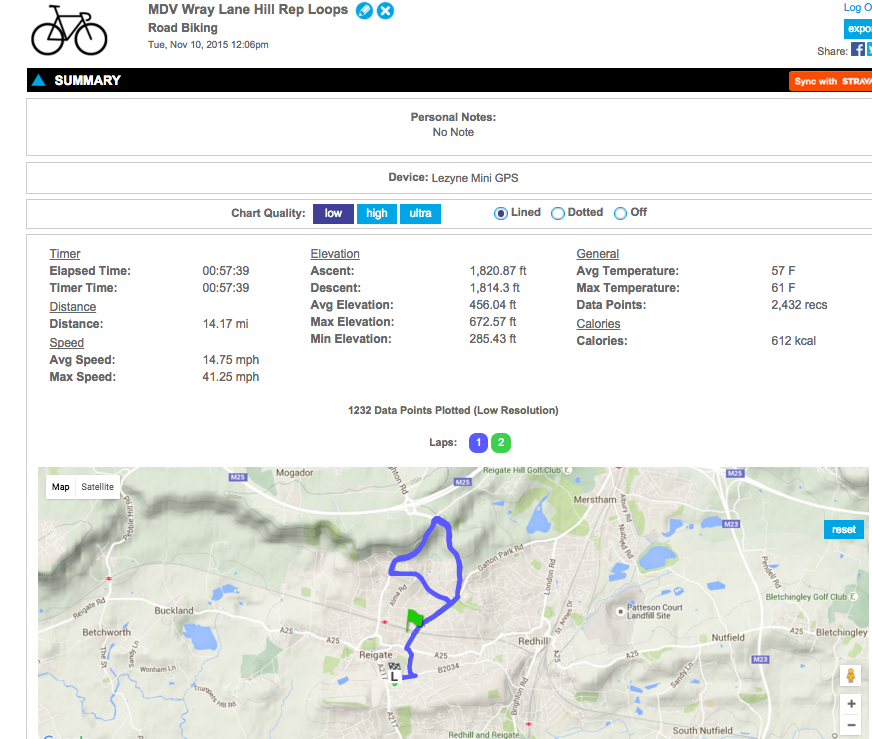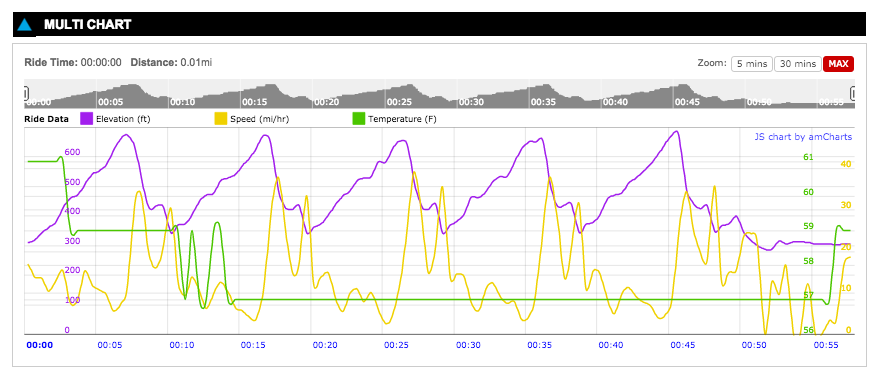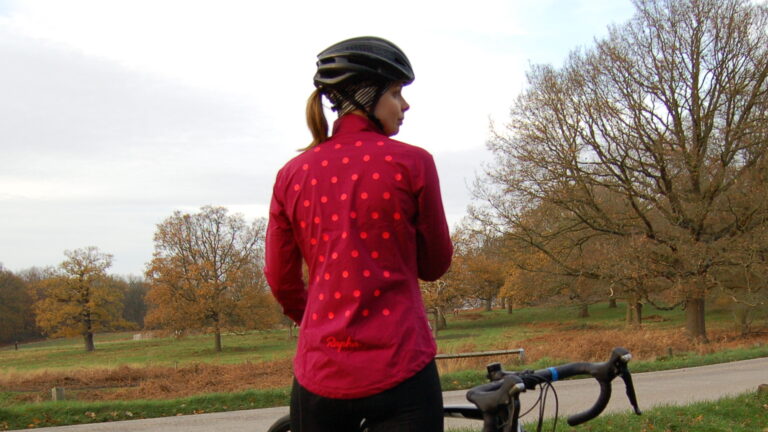GPS computers have become incredibly intelligent in recent years. You can now carry out a whole host of activities in one go: ride the bike, check your emails, measure your gigantic wattage and see how you’re doing on the Strava leaderboard. All this is possible from your handlebars, provided your multitasking capacity is superhuman.
If you prefer to keep your metrics simple – speed, distance, elevation, calories – and don’t want a cycling computer the size of a tablet that takes a degree in IT to get your head around, then the Lezyne GPS mini might be for you.
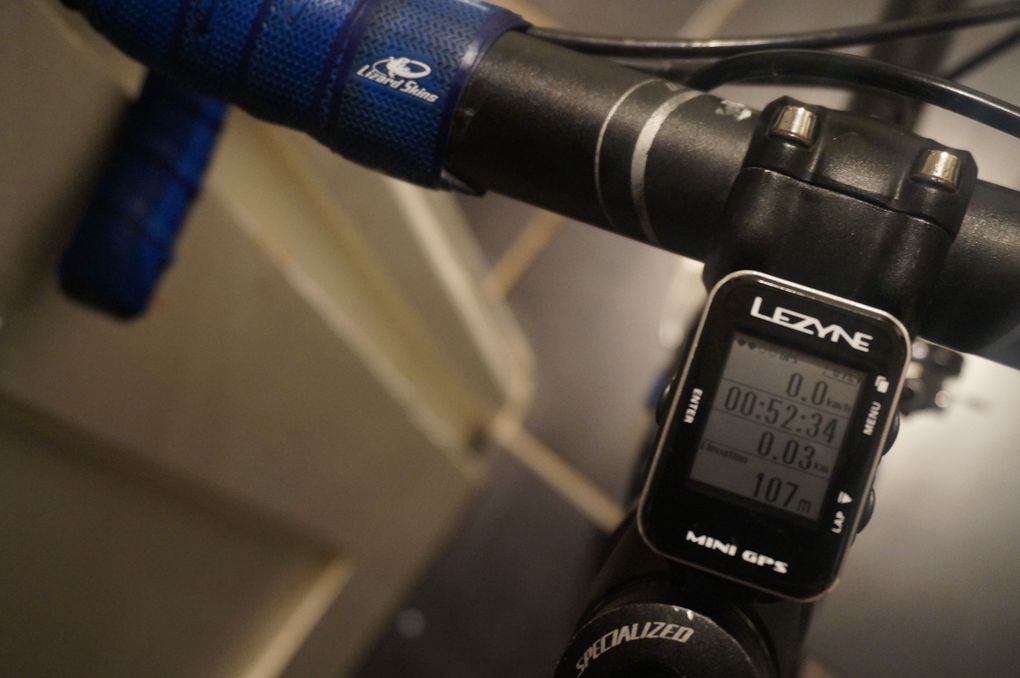
Measuring less than 6cm by 4cm, the GPS Mini is one of the smallest options on the market, and it weighs less than 30g. It’ll set you back £109.99 and comes with access to the free Lezyne Root ride reading software – which for those well versed in the market leaders is a lot like Garmin Connect.
Before we go on, we should be clear that the computer doesn’t have ANT+ or Bluetooth capabilities. To measure cadence, heart rate or power, you’ll need to step up to the Lezyne Power (£139.99) or Super GPS (£159.99). This is very much a computer that’s all about completing the simple task of informing you about your ride – it doesn’t give you the sort of athlete feedback more sophisticated units do.

